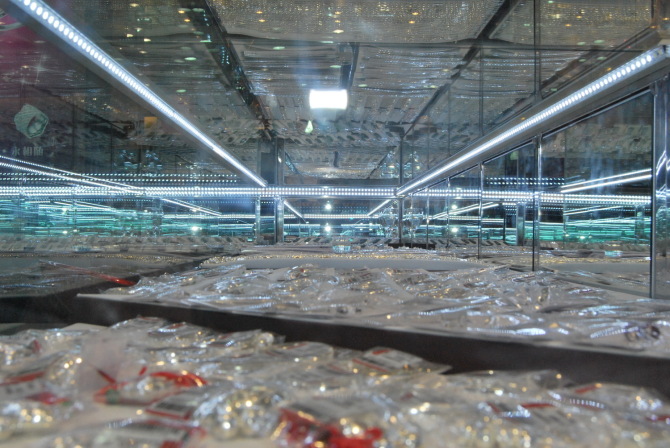As we all know, LED (light emitting diode) lights have the advantage of energy efficient and longer life expectancy, but at present, LED lights are mainly in blue light, which hindered its popularity in the field of indoor lighting. Developed by scientists at the University of Georgia, USA Today, it is said to be the world’s first single phosphor and a single light-emitting unit warm white LED lights. The paper details about this material is published in the latest issue of Optical Science and Applications journal Nature Publishing Group.
The paper’s lead author, associate professor at the University of Georgia Pan Zhengwei (sound), said: “At present, the white LED lamp are mainly used on flash and auto headlights. But the emit light blue luminescent are less likable. especially in indoor lighting field. Our materials achieved a warm color temperature, while at the same time to achieve a realistic color reproduction. Earlier improved using a single phosphor LED lights failed to achieve this effect.
Pan Zhengwei said, there are two main indicators to measure the quality of artificial light. Correlated color temperature is used to measure the well-being of the light. For Indoor lighting, color temperature is lower than the temperature of 4000K (Kelvin), which is ideal. While correlated color temperature higher than 5000K, the light will emit light blue luminescent white LED lights. Another important indicator is the color reproduction, that is, the ability of the light source simulate natural light. The Reduction degree that reached more than 80 is ideal for indoor lighting, while below this value, the color will be very distortion.
Pan Zhengwei and his colleagues developed the material to meet these two conditions, correlated color temperature is controlled at below 4000K, and also color reproduction reaches 85.
Pan Zhengwei said outer layer of blue LED chip coated with phosphor of different colors, it will be able to issue a warm white light, which would then make a phosphor-based white LED lights. However, these raw materials in accordance with the precise ratio, it wastes money and labor, and eventually the light color will be different, because each raw material is not the same reaction to temperature change.

